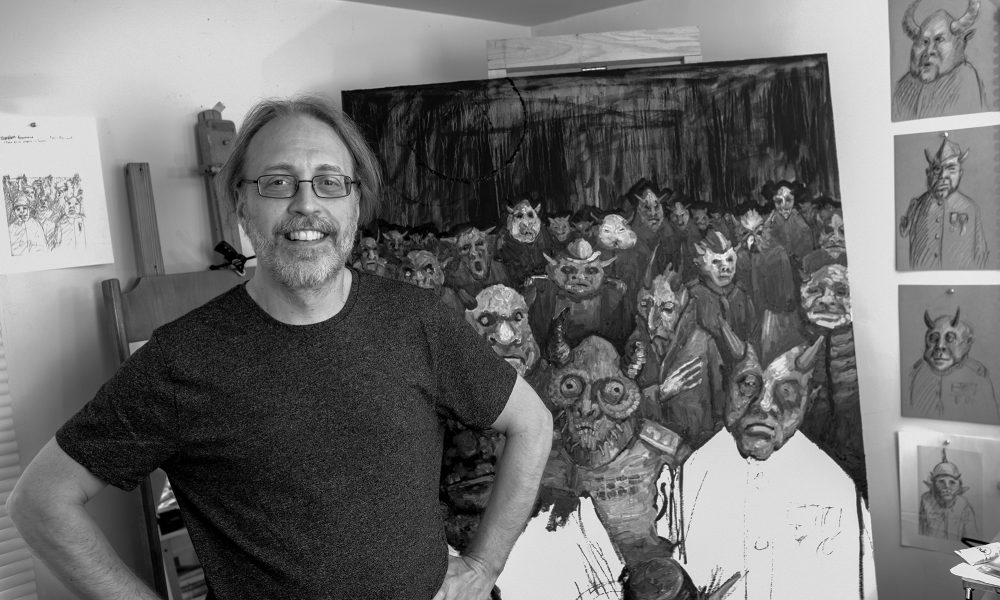

Today we’d like to introduce you to James Deeb.
James, please share your story with us. How did you get to where you are today?
By way of biography, I was born in what was then West Berlin in 1964. My father was in the U.S. military and my family moved around quite a bit. That ended when he passed away suddenly in 1967. My mother, sister and I settled in a small town in northern Indiana to be closer to my mother’s family. I remember drawing a lot as a child and making animated movies with lumpy clay dinosaurs. I completed my undergraduate work at Indiana University at South Bend in 1988 and received an MFA from Western Michigan University in 1994. I’ve exhibited in many group and solo shows throughout the U.S. over the past three decades.
I made the decision to become an artist during undergraduate school. I considered mathematics but art fascinated me in a way that I’ve long struggled to explain. Years later, I had a mentor describe art as the only discipline that allows you to do research from the first moment pencil touches paper. I found that an astute observation, then and now.
I’ve thought a great deal about art’s ability to fascinate and have come up with a few theories of my own over the years. I have considered art as a language, although one with an extremely subjective and contextual syntax. I’ve also thought of art as a form of meditation or mindfulness. My current theory is that art operates as, well, a theory, similar to a scientific formulation like E=MC (2) (that idea still needs a bit of polish before it sees the light of day). Despite all that, however, I consistently return to this simple expression: Art is a spinning coin. For one bright moment, you can see both sides at the same time.
Has it been a smooth road?
All artists face challenges and surviving as an artist is not for the faint of heart. The primary challenge is obvious: an artist must make great art. The next challenge is finding an audience that sustains you emotionally, philosophically and hopefully financially. The art world is small and the potential audience for any given artist’s work is smaller still. After that, the challenges become more particular.
In my case, I’ve been told by several art professionals that my work is comparatively unusual (which is saying something considering the variety of work out there). While it’s great to hear someone say, “I get it and I think you’re on to something,” I spend much more time and energy advocating for my work. It’s not uncommon for a viewer to describe my work as “dark.” My reply is usually along the lines of, “You know, I don’t see my work as dark. But it does shine a light into dark places.” It’s a small but important distinction. I think for work to be truly dark it must indulge in ideas like schadenfreude or morose delectation. My work can be melancholy, sublime or even slightly disturbing, but it’s always executed with a sense of pathos and empathy. Like I said, a small difference, but one that could help someone make the decision to live with one of my pieces.
So let’s switch gears a bit and go into the RFN Studios story. Tell us more about your art.
One of the qualities I’m known for is the heavily layered surfaces of my paintings. Most pieces have an accumulation of at least three to four layers of thick paint, some with several more. My surfaces have a distressed character, as if I left them exposed to a Chicago winter. I don’t go that far, but I do study eroded, worn and weathered objects like the bridges and train stations that are so common in the city, as well as the stop-gap measures used to repair them. I find both the entropy and the struggle against it to be great source material for both surfaces and colors.
Another trait I’m known for is the expressive faces that populate my work. Viewers often ask me if they’re portraits. The answer is both yes and no. No in that they are not representations of a particular person, but yes in that I do use people as a visual reference. I ride public transportation almost every day and I spend a lot of time looking at my fellow passengers. If I see a unique nose or a distinctive mouth, I memorize it to use later. They are less portraits of individuals and more a subjective record of the people I see as move through the city. These tronies or made-up faces are the vehicles I use to express my ideas. It’s a conceptual framework I refer to as the Mythic City. I thought, “Why settle for a mind palace when I can have a mind city?”
How do you think the industry will change over the next decade?
I could talk about the changing nature of the art business, as brick and mortar galleries close and virtual galleries open. Or I could discuss artists taking over their own sales via pop-up shows and the internet. If I did that, however, I would be ignoring the big picture: that for most artists, art and business have little to do with each other.
While it’s true that a few artists make a living selling their work (and that a few them actually deserve it), the typical artist makes expensive, one of a kind objects on speculation, usually with no avenue to sell them. The handful that do develop a market run the risk of over-saturating it or alienating their collectors if their work changes too radically from one series to the next. I could go on (and often do), but the point is you don’t need to be an economist to understand how poor of a business model this is. Most artists I’ve met have a deep-seated compulsion to make art and only participate in the business end of the art world because it is expected of them. As far as capitalism goes, artists are by and large the ultimate conscientious objectors, whether they realize it or not.
Contact Info:
- Website: jamesdeeb.com
- Email: theoperator@jamesdeeb.com
- Instagram: https://www.instagram.com/james_deeb/
- Facebook: https://www.facebook.com/james.deeb.31

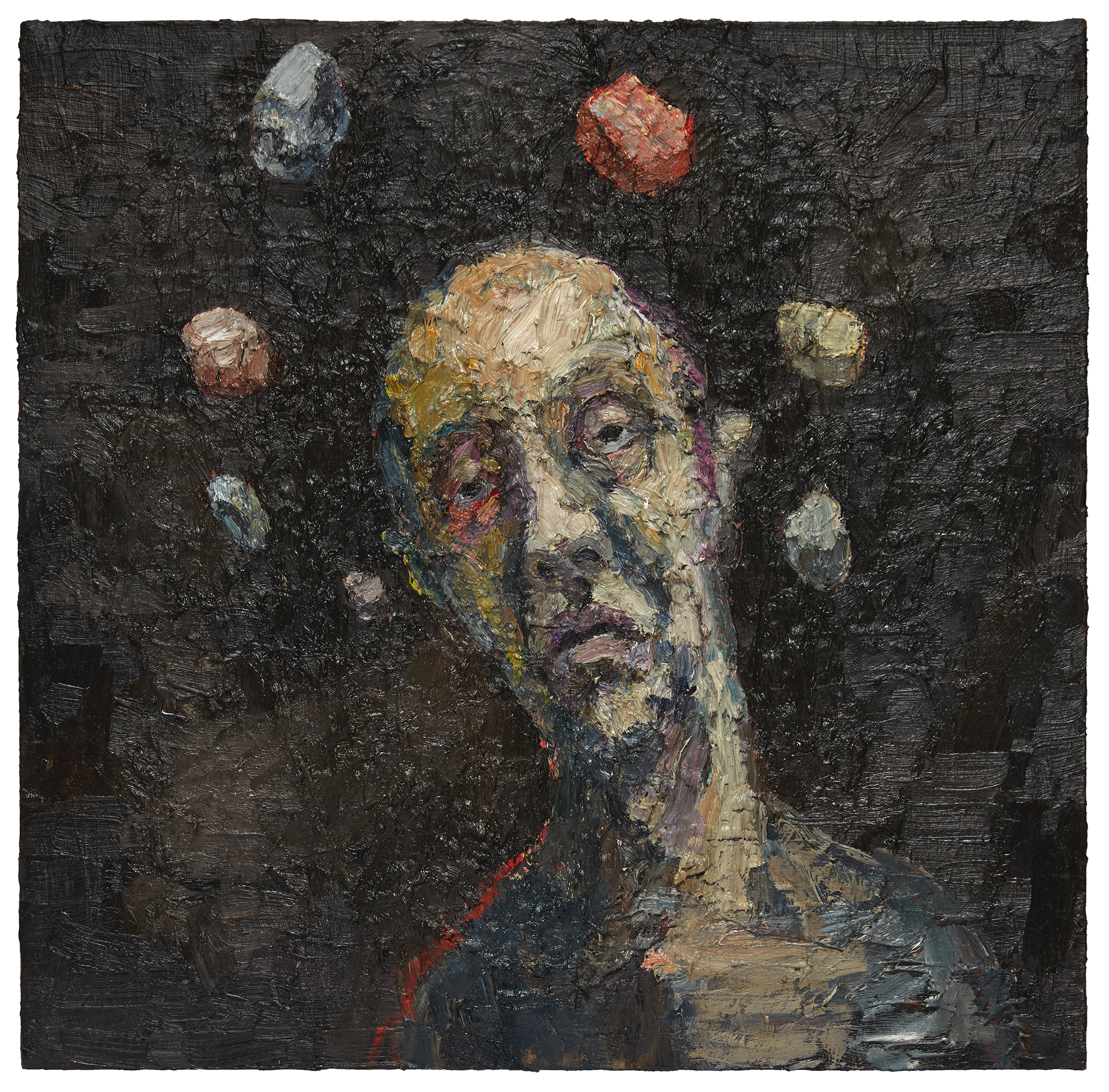
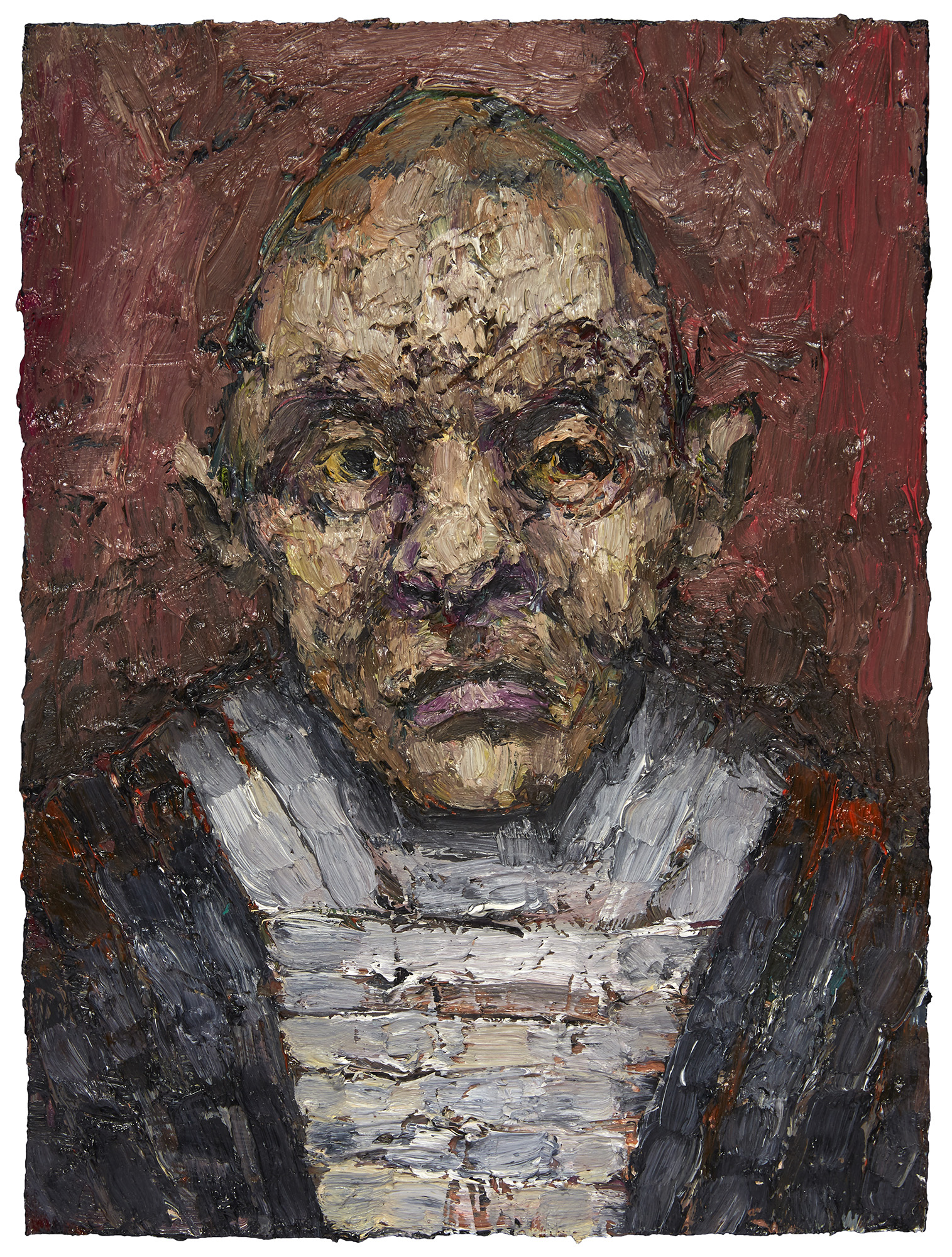
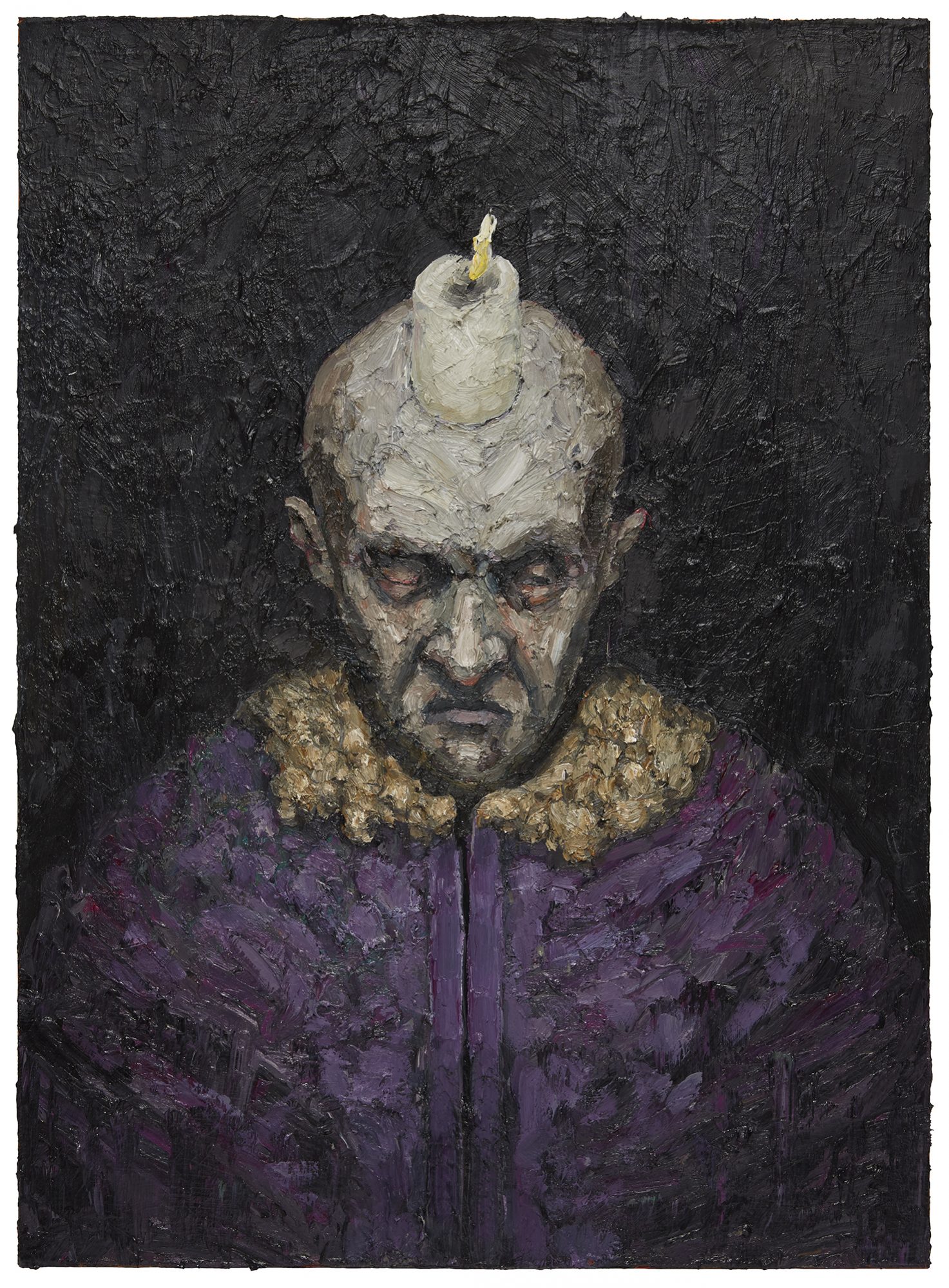
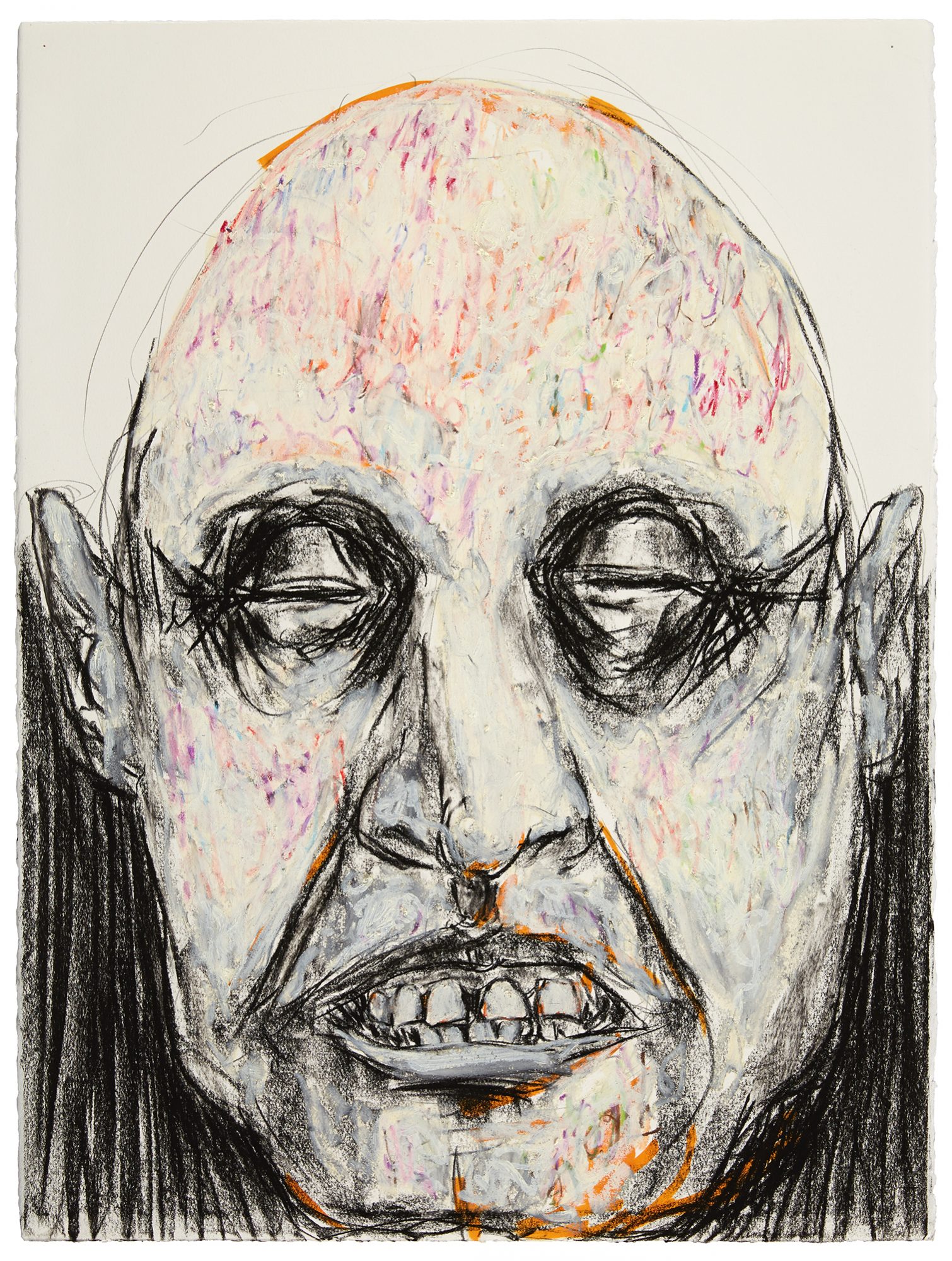

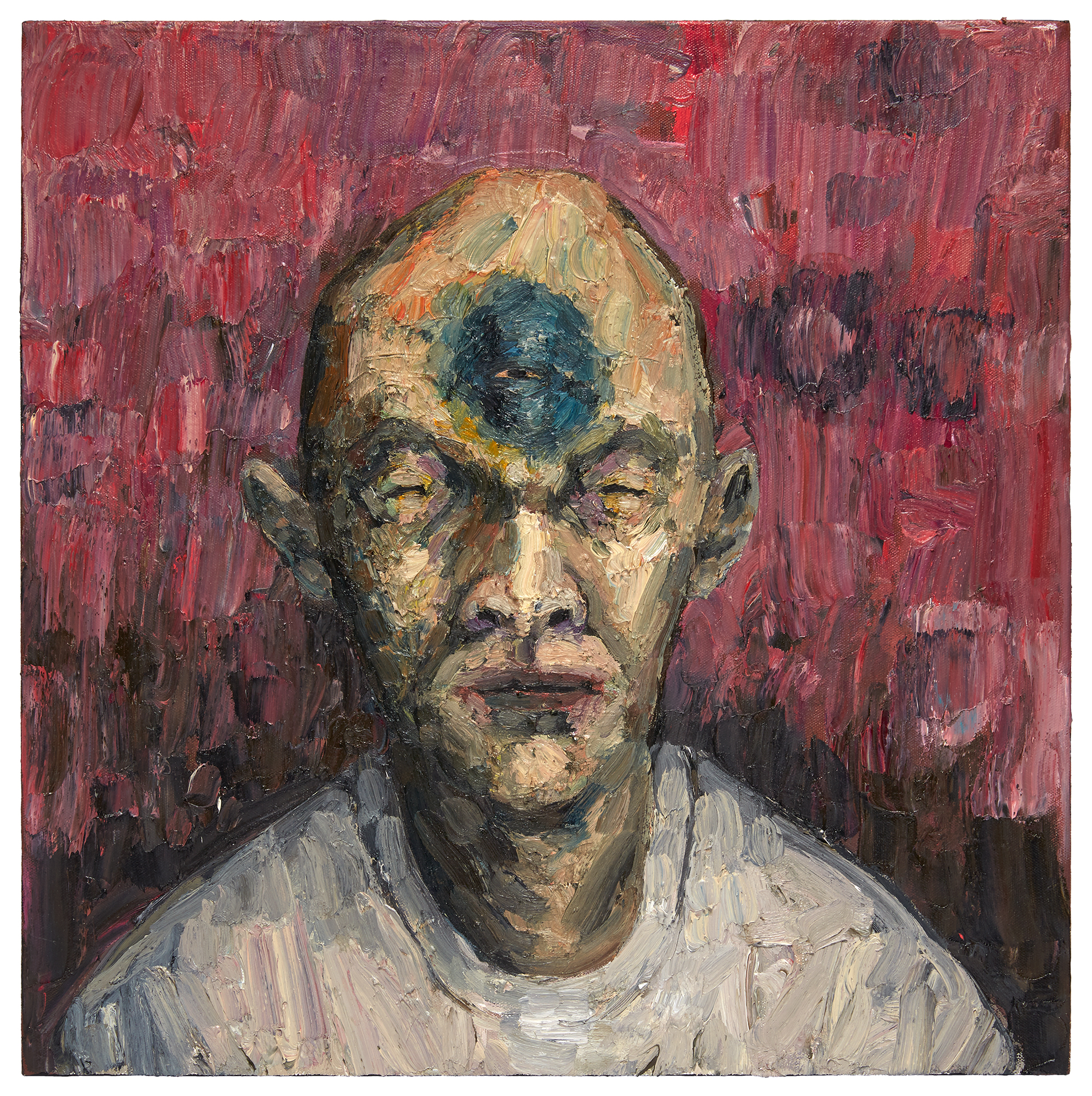
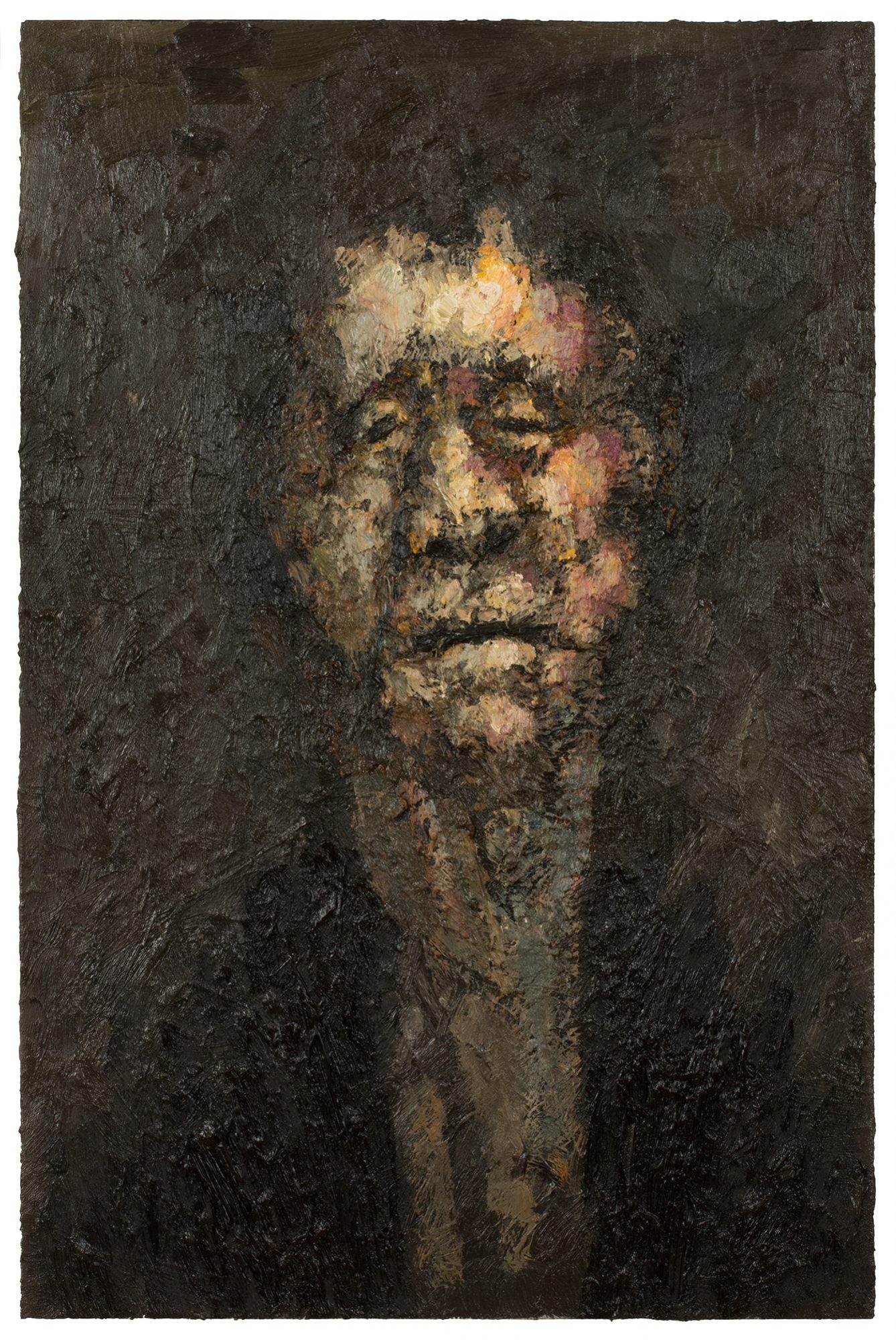 Image Credit:
Image Credit:
Artist photo: Joerg Metzner, Artwork photos: Bernard Colbert & William Bengtson
Getting in touch: VoyageChicago is built on recommendations from the community; it’s how we uncover hidden gems, so if you know someone who deserves recognition please let us know here.


















Kunal Sen
November 17, 2018 at 2:21 am
I love James’ work, and really enjoyed reading this interview.